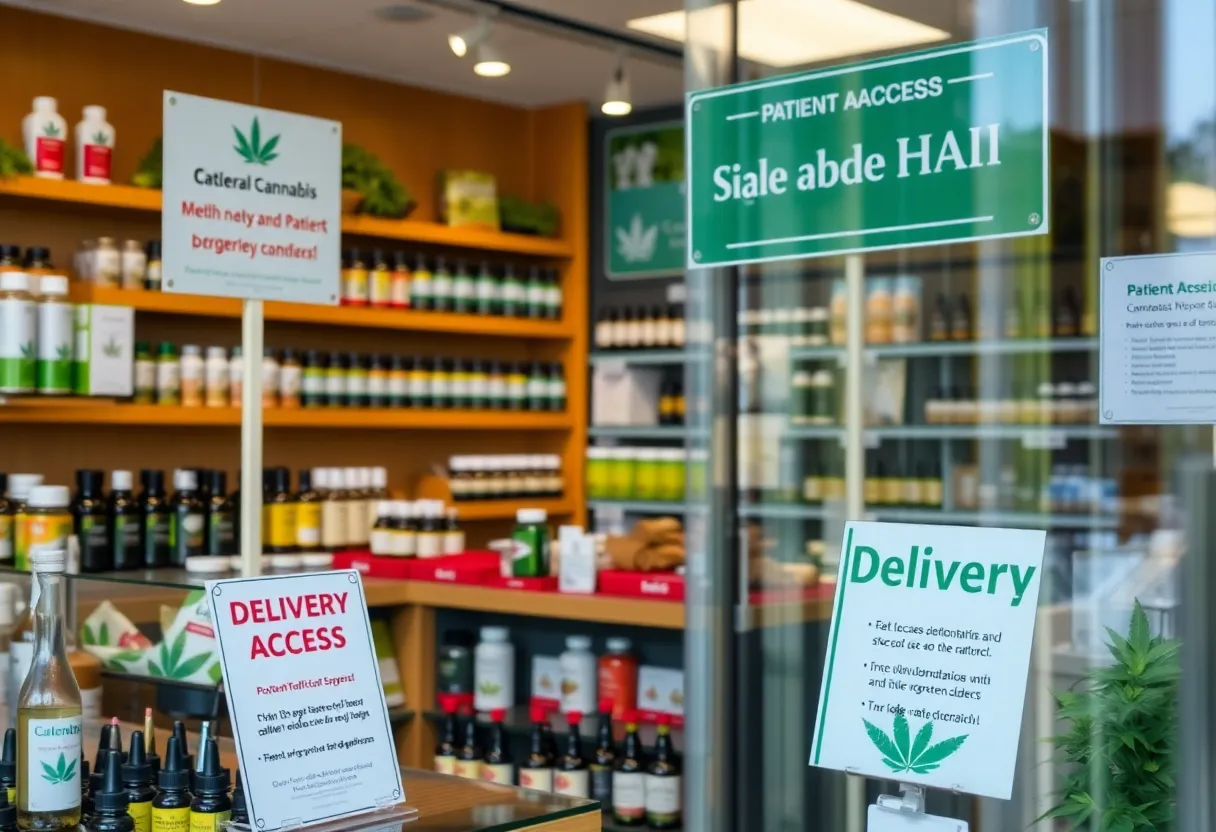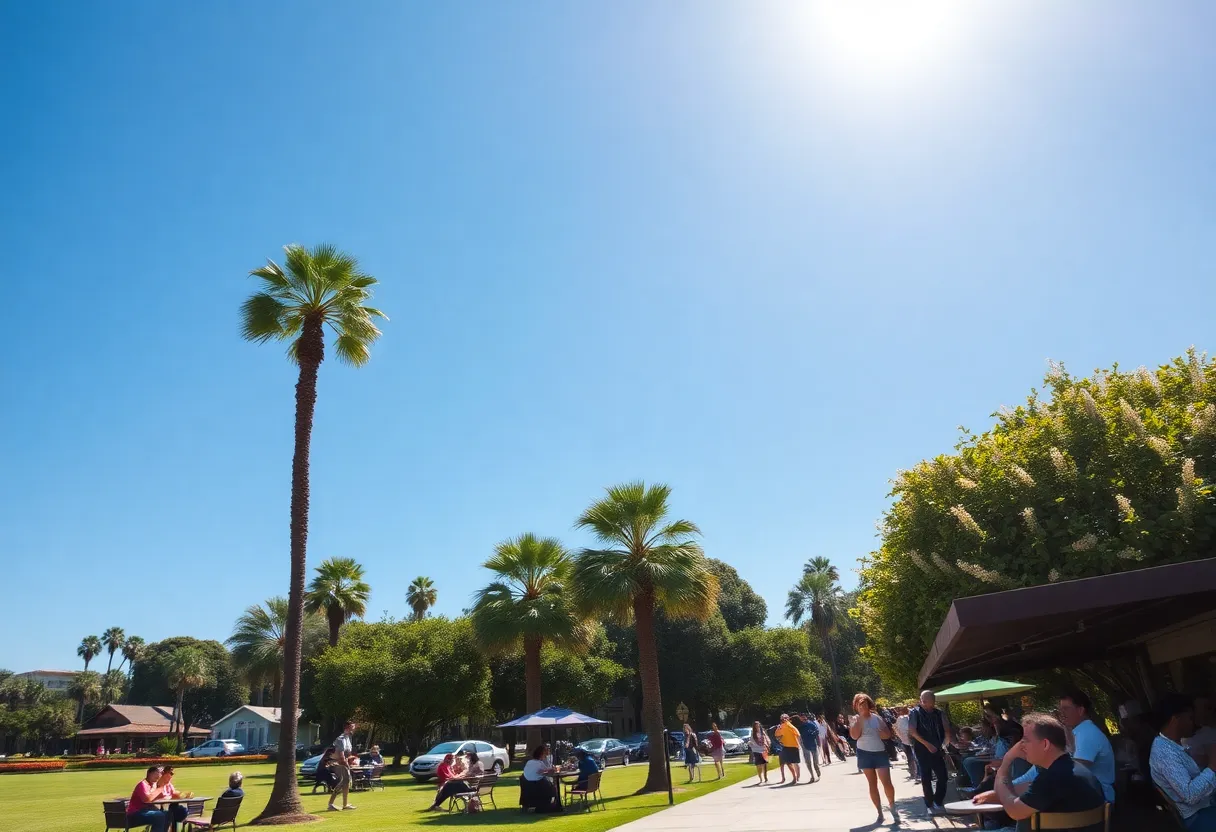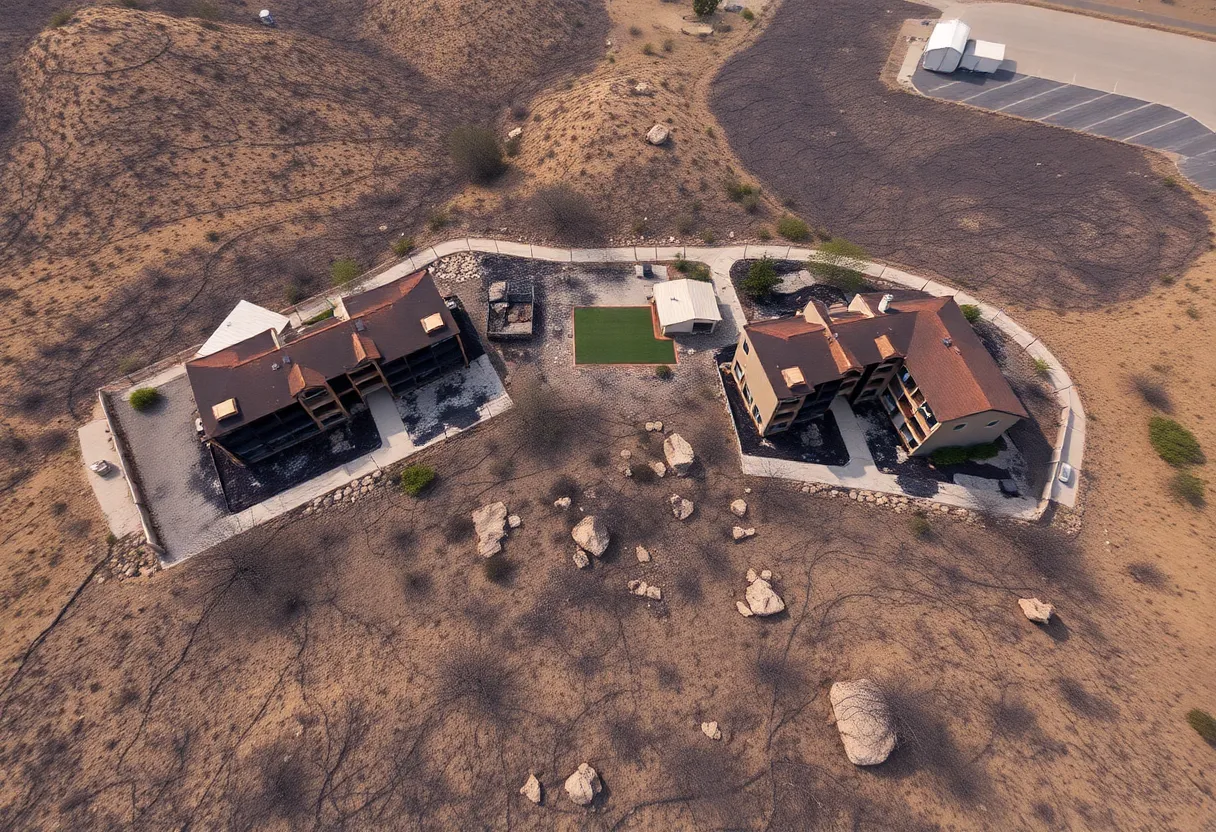California, October 16, 2025
News Summary
California Governor Gavin Newsom has vetoed Assembly Bill 1332, which aimed to allow licensed microbusinesses to ship medical cannabis directly to patients. Despite support from lawmakers and a fiscal analysis showing minimal costs relative to cannabis revenue, Newsom raised concerns about implementation complexities and limited options for patients. The veto highlights ongoing challenges for those needing medical cannabis, with access significantly limited in many areas of the state. With medical cannabis sales projected to decline sharply in the coming years, advocates fear that patients will continue to struggle to find necessary products.
California Governor Gavin Newsom recently vetoed Assembly Bill 1332, which aimed to enhance patient access to medical cannabis. The bill, passed unanimously by both the California Senate and House, sought to allow licensed microbusinesses to ship medical cannabis products directly to patients through common carriers like UPS or FedEx.
The governor’s decision, made on October 11, 2023, was primarily motivated by concerns regarding the complexity and burden of implementing the direct-shipping program. He indicated that the existing framework needed substantial enhancements, which would not only require significant costs but also considerable time.
Assemblymember Patrick Ahrens (D-Silicon Valley) sponsored the legislation while it received strong support, passing with a vote of 39-0 in the Senate and 78-0 in the House. A fiscal analysis revealed that establishing the direct shipping system would incur a one-time implementation cost of about $269,000, along with ongoing annual costs estimated at approximately $472,000 to monitor compliance.
Despite these costs representing less than 0.05% of California’s taxable cannabis revenue from the previous year, the governor chose to halt the bill, citing that it would only permit two businesses to ship medical cannabis directly to patients. This limitation raised concerns over the adequacy of options for medical patients in need of specific products.
Medical cannabis sales in California are projected to decline sharply, with estimates showing a drop to below $200 million by 2025, down from around $540 million in 2021. Currently, medical cannabis accounts for approximately 4% of California’s licensed marketplace, a significant decrease from previous years.
The veto has raised issues for medical cannabis patients, many of whom struggle to find specialized products not available at local dispensaries. Advocates have highlighted that high taxes and restricted access have forced some patients into unregulated markets. Furthermore, despite being a pioneer in the legalization of medical cannabis via Proposition 215 in 1996, over 57% of cities and counties in California still prohibit cannabis dispensaries.
Patients requiring medical cannabis must secure a Medical Marijuana Identification Card (MMIC) from local health departments, which can cost up to $200. Proponents of A.B. 1332 argued that patients suffering from serious health conditions, such as intractable epilepsy and advanced cancers, are struggling to access the necessary products, with claims that medicinal options have become “virtually extinct” in today’s marketplace.
In defense of the bill, a three-year sunset provision was included, allowing lawmakers to evaluate its effectiveness in improving patient access to medical cannabis. Although A.B. 1332 was vetoed, Newsom indicated a willingness to collaborate with legislators on alternative strategies aimed at enhancing equitable access to medical cannabis in future discussions.
FAQ
What was the purpose of Assembly Bill 1332?
The bill aimed to expand patient access to medical cannabis by allowing licensed microbusinesses to ship products directly to patients using common carriers like UPS or FedEx.
Who sponsored Assembly Bill 1332?
The legislation was sponsored by Assemblymember Patrick Ahrens (D-Silicon Valley).
What were the projected medical cannabis sales in California?
Medical cannabis sales in California are projected to dip below $200 million by 2025, down from approximately $540 million in 2021.
What percentage of the licensed marketplace does medical cannabis represent in California?
Medical cannabis now represents roughly 4% of the licensed marketplace in California, a significant drop from previous years.
What challenges do medical cannabis patients face in California?
Many medical cannabis patients struggle to find specialized products not stocked in local dispensaries, and high taxes and limited access have forced them into the unregulated market.
Deeper Dive: News & Info About This Topic
- Business of Cannabis
- Wikipedia: Medical Cannabis
- Cannabis Business Times
- Google Search: California medical cannabis home delivery bill
- Ganjapreneur
- Encyclopedia Britannica: Medical Marijuana Debate
- Hemp Gazette
- Google Scholar: California Governor Gavin Newsom vetoed medical cannabis bill
- US News
- Google News: California medical cannabis delivery veto

Author: STAFF HERE LOS ANGELES WRITER
The LOS ANGELES STAFF WRITER represents the experienced team at HERELosAngeles.com, your go-to source for actionable local news and information in Los Angeles, Los Angeles County, and beyond, specializing in "news you can use" with coverage of product reviews for personal and business needs, local business directories, politics, real estate trends, neighborhood insights, and state news affecting the area—with deep expertise from years of dedicated reporting and strong community input, including local press releases and business updates, while delivering top reporting on high-value events like the Academy Awards, LA Auto Show, and Los Angeles Marathon, extending coverage to key organizations such as the Los Angeles Area Chamber of Commerce and the Los Angeles Tourism & Convention Board, plus leading businesses in entertainment and technology like Warner Bros. and SpaceX, and as part of the broader HERE network including HEREAnaheim.com , HERECostaMesa.com , HEREHuntingtonBeach.com , and HERESantaAna.com , providing comprehensive, credible insights into Southern California's dynamic landscape. HERE Anaheim HERE Beverly Hills HERE Coronado HERE Costa Mesa HERE Hollywood HERE Huntington Beach HERE Long Beach HERE Los Angeles HERE Mission Viejo HERE San Diego HERE Santa Ana





